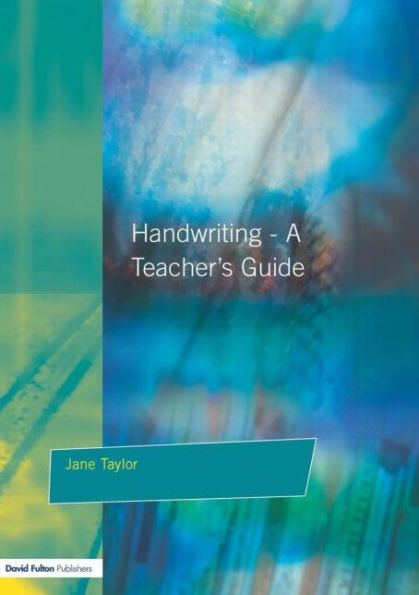Handwriting is a learnt, physical skill that needs to be taught and practiced. This manual shows how to get handwriting right from the outset and to progress successfully. Poor handwriting is a major cause of low self-esteem, and can disguise ability. Only thorough assessment can pinpoint the weakness once something has gone wrong. Methods of assessment for pupils in difficulty and techniques to help them are given. The materials are tried and tested and have been used successfully in both mainstream and SEN settings and with pupils with dyslexia.
1128404425
Handwriting: Multisensory Approaches to Assessing and Improving Handwriting Skills
Handwriting is a learnt, physical skill that needs to be taught and practiced. This manual shows how to get handwriting right from the outset and to progress successfully. Poor handwriting is a major cause of low self-esteem, and can disguise ability. Only thorough assessment can pinpoint the weakness once something has gone wrong. Methods of assessment for pupils in difficulty and techniques to help them are given. The materials are tried and tested and have been used successfully in both mainstream and SEN settings and with pupils with dyslexia.
46.95
In Stock
5
1

Handwriting: Multisensory Approaches to Assessing and Improving Handwriting Skills
96
Handwriting: Multisensory Approaches to Assessing and Improving Handwriting Skills
96Paperback(TEACHER)
$46.95
46.95
In Stock

Product Details
| ISBN-13: | 9781853467653 |
|---|---|
| Publisher: | Taylor & Francis |
| Publication date: | 03/23/2001 |
| Series: | Multisensory Approaches to Assessing and Improving Handwriti |
| Edition description: | TEACHER |
| Pages: | 96 |
| Product dimensions: | 8.25(w) x 11.69(h) x (d) |
From the B&N Reads Blog
